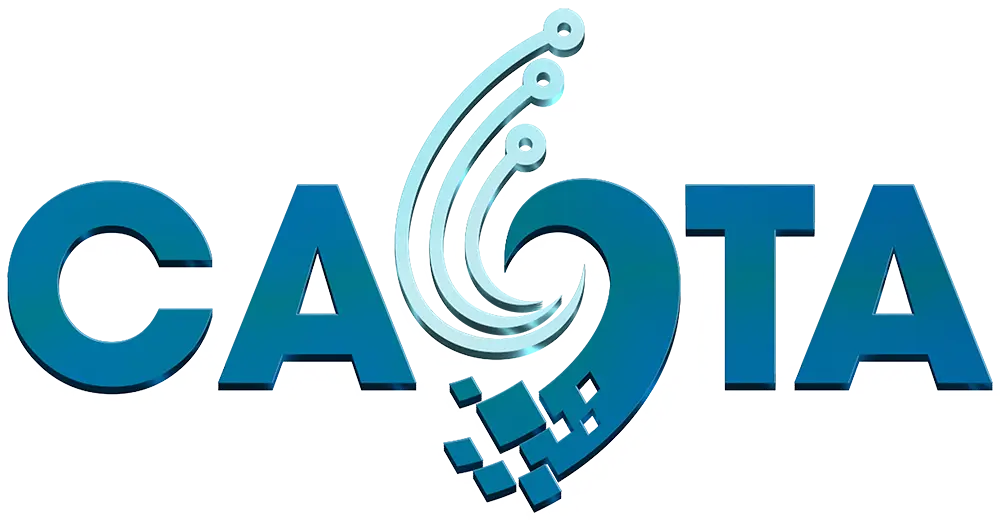Artificial Intelligence (AI) is no longer a distant concept—it is becoming integrated into nearly every aspect of life, including agriculture and local production. For specialty products—which often have unique characteristics tied to growing regions, soil conditions, and specific production processes—AI is a powerful tool for analysis, optimization, and trend forecasting that can enhance both quality and competitiveness.
One of the most prominent applications of AI is image analysis for product quality assessment. For instance, in Da Lat’s tomato-growing areas, AI-integrated camera systems are used to detect tomatoes that meet quality standards in terms of color, size, and ripeness along sorting lines. This ensures uniform quality, reduces waste, and improves the product’s ability to meet export requirements.

Beyond classification, AI can analyze big data from weather, soil, and pest conditions to provide tailored recommendations to producers. AI systems can learn from previous crop cycles and suggest optimal irrigation and fertilization schedules, even issuing pest or disease warnings based on real-time images from field cameras. All of this contributes to cost savings, reduced risks, and improved productivity.
AI is also a powerful tool for market forecasting and production planning. By analyzing consumer behavior, social media data, and search trends, AI can help cooperatives and businesses make informed decisions—such as which product to prioritize, what packaging to use, or which season sees the highest demand. Thanks to machine learning capabilities, AI continuously improves its accuracy, helping local producers proactively respond to market changes.
Several startups are already using AI to forecast agricultural demand at wholesale markets. For example, AI systems can analyze daily sales volumes, combine them with weather and traffic data, and provide recommendations on how much produce to deliver the next day. This helps farmers avoid over- or under-supplying the market, reducing waste and increasing profits.
However, AI applications require accurate and sufficient data—something many small-scale producers still lack. Therefore, it is important to encourage the digitization of production processes, the development of databases, and investments in infrastructure to enable AI to operate effectively. Additionally, collaboration with tech companies is essential to simplify interfaces and ensure accessibility, so that local producers can adopt AI naturally and easily.
AI does not replace humans—it acts as a smart companion, helping producers make quicker, more accurate, and more effective decisions. When local specialty products are supported by artificial intelligence, they are no longer just standalone goods, but the result of a streamlined, modern, and forward-thinking value chain.
Ngày đăng: 21-05-2025
Tác giả: Kim Anh

